Tag: SIRS

Screening Tools for Sepsis Identification
The authors undertook a rapid review to determine the suitability of sepsis screening tools in the emergency setting with regard to sensitivity and specificity of sepsis diagnosis. The review recognized that there is currently... read more
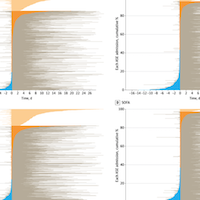
Sepsis Prediction Model for Determining Sepsis vs. SIRS, qSOFA, and SOFA
In this cohort study of 60,507 hospital admissions, we found that although the SPM marginally outperformed existing prediction scores in balanced accuracy for classification of sepsis, it suffers from poor timeliness, limiting... read more

Albumin Infusion May Decrease the Mortality of Hypoalbuminemia Patients with Severe Acute Pancreatitis
Our study revealed that the lowest albumin level within 1 week after admission was independently associated with mortality in severe acute pancreatitis (SAP). In addition, infusing albumin may decrease mortality for hypoalbuminemia... read more
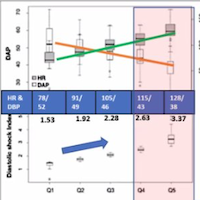
Diastolic Shock Index and Septic Shock Outcome
Early recognition and resuscitation of patients in septic shock are critical skills for an emergency medicine physician. Many clinical decision-making tools have been developed and validated in their use to identify and... read more
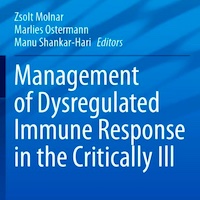
Management of Dysregulated Immune Response in the Critically Ill
This book, part of the European Society of Intensive Care Medicine (ESICM) textbook series, deals with dysregulated host response a relatively new term introduced by the Sepsis-3 definitions in 2016. In contrast to systemic... read more

Early Mortality Prediction in Sepsis Patients Using Structured Features and Unstructured Clinical Notes
Sepsis is an important cause of mortality, especially in intensive care unit (ICU) patients. Developing novel methods to identify early mortality is critical for improving survival outcomes in sepsis patients. Using the... read more

The Use of Different Sepsis Risk Stratification Tools Uncovers Different Mortality Risks
Our data suggest that the sepsis risk stratification tools currently utilized in emergency departments and on the general wards do not predict mortality adequately. This is illustrated by the disparity in mortality risk... read more

Necrotizing Pancreatitis: ED Presentation, Evaluation, and Management
A 40 year-old patient presents with increasing abdominal pain and a new fever. She initially presented to the Emergency Department five days prior for upper abdominal pain. The initial workup showed stable vital signs, mildly... read more

The negative effect of initial high-dose methylprednisolone and tapering regimen for ARDS
The efficacy of corticosteroid use in acute respiratory distress syndrome (ARDS) remains controversial. Generally, short-term high-dose corticosteroid therapy is considered to be ineffective in ARDS. On the other hand, low-dose,... read more

qSOFA Performance Score as Prognostic Tool in Infected Patients Outside the ICU
A positive qSOFA score had high specificity outside the ICU in early detection of in-hospital mortality, acute organ dysfunction, and ICU admission, but low sensitivity may have limitations as a predictive tool for adverse... read more
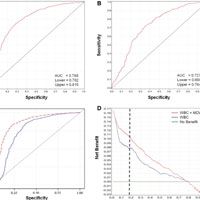
Effective Sepsis Detection with Peripheral Blood Monocyte Distribution
This study evaluated the diagnostic accuracy of peripheral blood monocyte distribution width alone and in combination with white blood cells (WBCs) count for early sepsis detection in the emergency department. An monocyte... read more

Defining Sepsis on the Wards
The aim of this study is to look at the prevalence (commonness) of sepsis across acute hospitals (hospitals with an emergency department) across Wales using the currently used and new definitions of sepsis. Sepsis is a major... read more

Similar Metabolic, Innate Immunity, and Adipokine Profiles in Adult and Pediatric Sepsis vs. SIRS
Sepsis presents with similar profiles in adult and pediatric patients, characterized by enhanced inflammatory hormonal response and by repressed innate immunity, metabolism, and myocardial contractility. These features early... read more
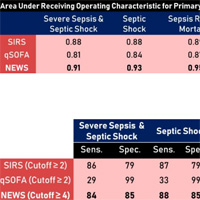
Early Sepsis Screening in the Emergency Department
This single-center retrospective analysis shows promising results with NEWS as a screening tool primarily because it can be done at triage and does not require any laboratory evaluation. This study adds to the current knowledge... read more




